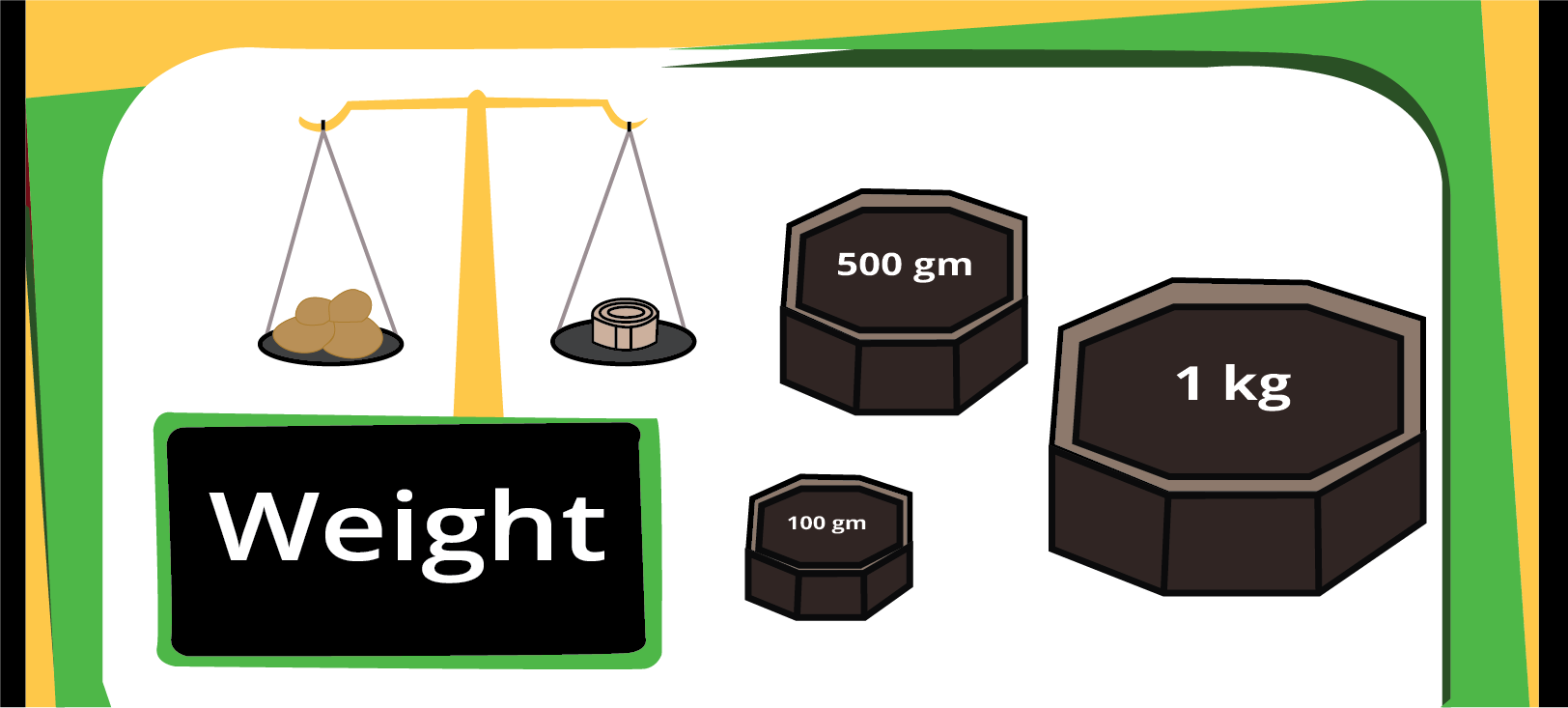An Overview of Cbse Class 4 Maths Notes Chapter 12 How Heavy How Light
FAQs on Cbse Class 4 Maths Notes Chapter 12 How Heavy How Light
1. What are the key concepts to quickly revise in Maths Chapter 12, 'How Heavy How Light'?
For a quick revision of this chapter, focus on three main ideas. First, understanding the difference between heavy and light by comparing everyday objects. Second, learning the standard units of weight: grams (g) and kilograms (kg). Finally, knowing how a simple balance works to show which object is heavier.
2. How do these revision notes help me prepare for my Class 4 Maths exams?
These notes offer a quick summary of all the important topics in 'How Heavy How Light'. They are ideal for last-minute revision to refresh your memory on key concepts like comparing weights, the relationship between grams and kilograms, and solving simple problems, as per the CBSE 2025-26 syllabus.
3. What is the main relationship between grams (g) and kilograms (kg) that I must remember?
The most important fact to remember is that a kilogram is much heavier than a gram. The exact relation is 1 kilogram (kg) = 1000 grams (g). A simple way to remember is to think of a 1 kg bag of sugar, which contains 1000 tiny gram-sized crystals.
4. When revising, how can I use the idea of a simple balance to understand weights better?
Imagine a seesaw. The side with the heavier person goes down. A simple balance works the same way. When you place two objects on it, the pan with the heavier object goes down, and the one with the lighter object goes up. Using this mental picture helps you quickly compare weights while revising.
5. How can I apply the concepts from 'How Heavy How Light' in my daily life?
You can use these concepts every day! When you go grocery shopping, you see vegetables being weighed in grams and kilograms. You can also compare the weight of your school bag with a friend's bag or try to guess the weight of fruits and other items at home. This makes learning about weight more practical and fun.
6. What is a common mistake to avoid when guessing an object's weight?
A common mistake is thinking that a bigger object is always heavier. For example, a large balloon is big but very light, while a small stone is small but heavy. When you revise, remember that an object's weight depends on its material, not just its size.



















